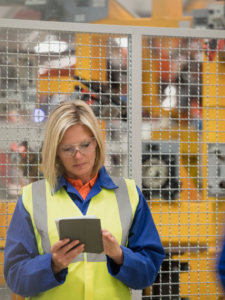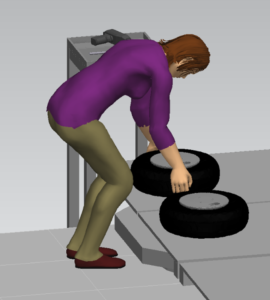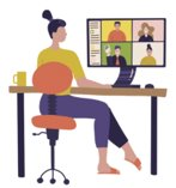In 1988 Grandjean defined ergonomics as “Fitting the task to the person”. What a fantastic definition, for it is short, easy to understand and so simple in its elegance as it universally applies to what is at the heart of ergonomics. Yet at the same time, ergonomics is so much more!
Although these tips were prepared by people with very similar educational backgrounds, their vast array of experience in ergonomics has created a variety of points of view. For a team of ergonomists this is very exciting because it generates different approaches to solution creation when an opportunity for improvement presents itself. Think of these viewpoints as “lenses” that an ergonomist can wear as they approach different issues.
The lenses are incredibly valuable because as ergonomists we all have very similar tools (e.g. video camera, checklists, tables, equations, computer models etc.) inside of our tool kits. However, the lenses that we apply help us to more correctly identify root causes and therefore provide more appropriate solutions.
Five of our Favorite Lenses:
1. Ergonomics is a process not a product!
2. Moment of force (MOF).
3. Peak and cumulative loading.
4. Posture of the lumbar spine.
5. What people think matters.
To read more about each of our favorite lenses, see the full article below.
—
- Ergonomics is a process not a product! There are numerous “ergonomic” products available in the market place. However, the simple purchase of an “ergonomic” gizmo provides no guarantee whatsoever that the problem will be solved (despite the claims on the packaging!).
It is important to understand that the final solution, which might actually be the purchase of a product identified as being “ergonomic”, was supported by an organized, structured process. The process began by identifying opportunities for improvement, assessing risk factors and prioritizing jobs, creating solutions, implementing and evaluating prototypes, making necessary modifications and then having the final solution adopted.
- Moment of force (MOF). The MOF, or torque, help us understand how: i) humans produce movement, ii) how tissues are loaded, and iii) how tissue overload produces damage. This concept applies to all joints in the human body. So when we look at the work that people perform in the workplace we are always looking for large moments of force because if we can reduce those moments then we know that the risk for injury has been reduced.
- Peak and cumulative loading. Reducing the peak, or large single force application associated with a task, has been the focus of many ergonomic changes to reduce injury risk. However, cumulative loading is also an injury risk factor. An excessive accumulation of exposure to forces over an entire work day, whether due to large peak forces, excessive repetition of small forces, or prolonged exposure to static forces, is also an injury risk factor.
So when doing a plant walk through, actively look for situations where peak and or cumulative loading might be substantial and warrant further investigation.
- Posture of the lumbar spine. A person’s back consists of three sections: i) the cervical spine (neck), ii) thoracic spine (the attachment point for the ribs), and iii) the lumbar spine (the low back). A large percentage of back problems are found in the lumbar spine. Scientific research over the last 20 + years has provided great insight into how the three sections work together, and more specifically, how all of the structures in the lumbar spine interact.
Lordosis, the natural shape of the curve in the low back when you are standing upright, is a critical concept in reducing injury risk in the lumbar spine. Being able to maintain even a small amount of lordosis when performing tasks such as lifting, lowering, and most importantly sitting, is one of the most effective strategies in reducing the risk of low back injury. During a plant walk through, look closely at the posture of the lumbar spine to see if this is an intervention opportunity for risk reduction.
- What people think matters. No doubts about it, people are complex! Our brains not only create and handle the mental side of things; they also are responsible for controlling a great deal of the physical things. So it doesn’t really come as a surprise that people’s perceptions have an impact on the risk of reporting injury.
Research in the automotive industry (Kerr et al., 2001) found that although a quantitative based ergonomic assessment might classify a job as having a “low injury risk”, if the worker feels that the job is “high risk”, then the job actually carries an increased risk of injury with it! And most certainly, workers’ thoughts, opinions and experiences are critically vital in the creation, design, implementation and adoption of successful ergonomic solutions (notice the link back to the ergonomics process … it is not a coincidence!)
So what are the lenses that you use in your job? Do you think that the lenses identified here might be useful to you? If so, try them on and see! Take a step back and think about the lenses that you use regularly. They might not come to mind immediately, but after thinking about it for awhile, you might find that you look at things in a whole new way!
References
Kerr MS, Frank JW, Norman RW, Wells RP, Neumann WP, Bombardier C, Ontario Universities Back Pain Study Group (2001). Biomechanical and psychosocial risk factors for low back pain at work. Am J Public Health, 91(7), 1069-75.
Grandjean E. (1988), Fitting the Task to the Man. New York, N.Y., Taylor & Francis.

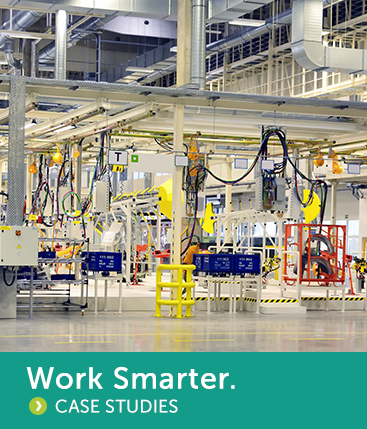




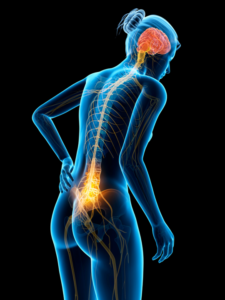

 Why Sandalwood?
Why Sandalwood?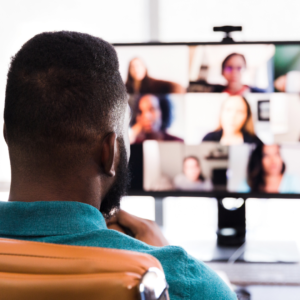


 We are a one-stop-shop for launching job rotation for any employer from conception to implementation. Our experts tailor our services to meet the needs of our customers by collaborating with them throughout the entire process. We do not offer cookie cutter solutions for job rotation because the needs of employers vary significantly.
We are a one-stop-shop for launching job rotation for any employer from conception to implementation. Our experts tailor our services to meet the needs of our customers by collaborating with them throughout the entire process. We do not offer cookie cutter solutions for job rotation because the needs of employers vary significantly. Why Sandalwood?
Why Sandalwood?


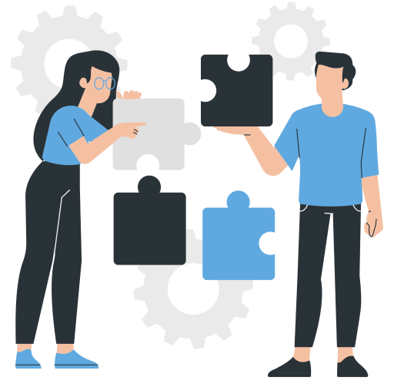
 Sandalwood is pleased to offer solutions above and beyond the traditional ergonomic assessments. With an in-depth knowledge of various digital human modelling software suites, integration and adoption to your health and safety programs has never been easier. Sandalwood is experienced in ergonomic program design as well as industry leaders in digital human modelling services. We have a diverse team that is able the leverage the results from the digital human model to provide in depth risk assessments of future designs and current state. Sandalwood is also able to pair these assessments with expertise and provide guidance on the best solution for you. Sandalwood is also on the forefront of emerging technologies and able to integrate Motion capture, Wearables, and extended or virtual reality into your ergonomic program.
Sandalwood is pleased to offer solutions above and beyond the traditional ergonomic assessments. With an in-depth knowledge of various digital human modelling software suites, integration and adoption to your health and safety programs has never been easier. Sandalwood is experienced in ergonomic program design as well as industry leaders in digital human modelling services. We have a diverse team that is able the leverage the results from the digital human model to provide in depth risk assessments of future designs and current state. Sandalwood is also able to pair these assessments with expertise and provide guidance on the best solution for you. Sandalwood is also on the forefront of emerging technologies and able to integrate Motion capture, Wearables, and extended or virtual reality into your ergonomic program.